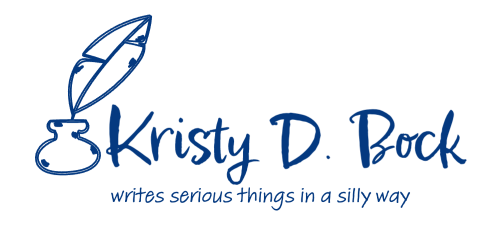Planner vs. Pantser: Navigating Writing Styles

The act of writing is a highly personal and individualistic endeavor, unique to every writer. There are many different approaches and styles, with the two most common being ‘Planner’ and ‘Pantser.’ These terms may seem peculiar to non-writers, but they are commonly employed in writers’ circles to define an author’s method of crafting a story. In this post, we will delve into the distinction between these two styles and the potential advantages each presents.
Planner Writing Style
A planner, also known as an outliner or architect, typically constructs a detailed blueprint before commencing with the writing process. This comprehensive plan includes plot structure, character arcs, themes, subplots, and even individual scenes. Many planners find that this approach helps eliminate writer’s block because they always know the next step in the story. Planners often have a keen sense of direction and purpose, which can lead to tightly structured narratives with all elements contributing meaningfully to the overall story.
J.K. Rowling, the author of the ‘Harry Potter’ series, is a prime example of a planner. She spent years meticulously designing the magical world, developing characters, and plotting the seven-book series before penning the first chapter. This detailed approach enabled her to foreshadow events and subtly weave intricate connections throughout her series.
Pantser Writing Style
On the other end of the spectrum, we find the pantser, short for “flying by the seat of your pants.” Pantsers begin with a basic concept or character and let the story evolve organically as they write. They often don’t know where the plot will lead them until they arrive. This spontaneous method can make the writing process feel like an exciting journey of discovery, resulting in unpredictable and dynamic narratives.
Stephen King, a prolific writer, identifies as a pantser. He famously starts with a situation and follows his characters along, allowing the story to unfold naturally. This approach can result in unique and authentic narratives that may not have been envisioned during the planning stages.
Choosing Your Path
Each approach has its strengths and potential pitfalls. Planners might find themselves so bound by their outline that their creativity is stifled, while pantsers could end up with meandering plots or write themselves into a corner.
The key is to find the balance that works best for you as a writer. Some writers may lean more towards one style but employ elements of the other. This hybrid style, sometimes known as a “plantser,” combines the strengths of both methods, using a rough outline for direction while leaving room for spontaneous creativity.
In the end, whether you’re a planner or a pantser, remember that these are just tools to aid in the writing process. The most important thing is to create engaging, compelling stories that you feel passionate about sharing with the world. Happy writing!
